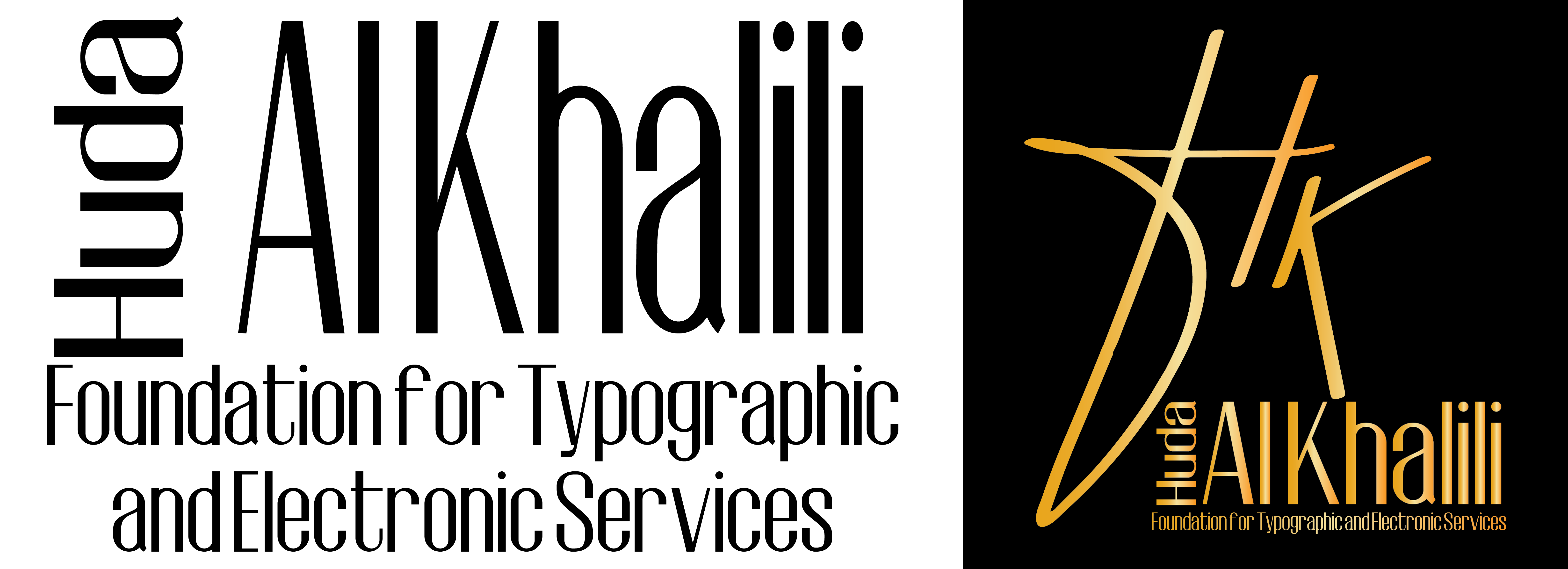The Perkins Brailler: A Durable and Accessible Writing Device for the Visually Impaired
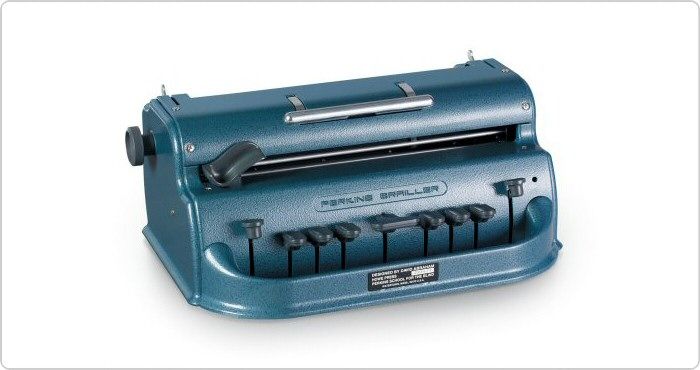
Perkins Braillers are mechanical devices designed to help individuals who are blind or visually impaired write in Braille. They function similarly to a typewriter, but instead of producing letters and numbers in standard print, they create Braille characters by embossing dots on paper. The Perkins Brailler was first introduced in 1951 and has since become one of the most widely used Braille-writing tools.
Key Features of the Perkins Brailler:
- Six Key Layout: The Brailler has six keys arranged in a configuration that corresponds to the six dots used in each Braille character (2 rows with 3 dots each).
- Durability: It is known for its sturdy and durable build, making it ideal for use by students and professionals alike.
- Easy to Use: The device is relatively simple to operate, with each key representing one of the six dots in the Braille cell. Pressing combinations of the keys results in different Braille characters.
- Manual Operation: The Perkins Brailler is entirely mechanical, with no need for electricity or batteries. It works by creating raised dots on paper that can be read by touch.
- Portability: Unlike electronic Braille devices, Perkins Braillers are compact and can be used almost anywhere, making them especially useful for people who travel or need to write in various locations.
While electronic alternatives have been developed over time (such as Braille displays and note-takers), the Perkins Brailler remains popular due to its affordability, reliability, and ease of use.
If you have more specific questions or need information about different models or uses of the Perkins Brailler, feel free to ask! Please reach out to us for comprehensive information about our products, pricing, and any inquiries related to sales.
Electric Perkins Brailler
The Electric Perkins Brailler: A Powerful Solution for Braille Writing
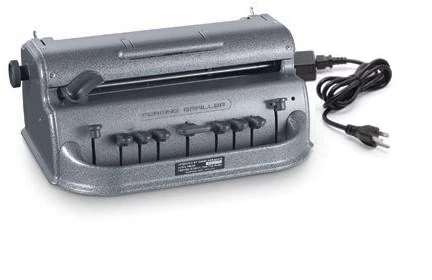
A modern, electronic version of the classic mechanical Perkins Brailler. Designed to provide the same tactile feedback and ease of use as the original, the electric version incorporates powered mechanisms to make the writing process smoother, faster, and more efficient. This version of the Perkins Brailler is particularly beneficial for individuals who require a more reliable, precise, and consistent output, such as for heavy-duty or extended use in educational or professional settings.
Key Features of the Electric Perkins Brailler:
- Electric Motor Assistance: The Electric Perkins Brailler has an electric motor that powers the paper movement and key-pressing mechanism, which reduces the amount of physical effort required by the user compared to the manual model. This is especially helpful for users with limited strength or dexterity.
- Built-in Paper Feeder: The device automatically feeds the paper into place after each line, reducing the need for manual adjustments. This feature ensures that the user can focus on writing without worrying about paper alignment.
- Consistent Dot Pressure: The electric version ensures that each Braille character is embossed with the same level of pressure, leading to more uniform and high-quality Braille output, which can be important for readability.
- Increased Writing Speed: Due to the electric mechanism, the writing process is faster, which can be a great benefit for users who need to write large volumes of Braille quickly and efficiently.
- Longer Battery Life: While some electric versions can run on batteries, others are designed to be plugged into an electrical outlet. Either way, the Electric Perkins Brailler is typically designed to be energy-efficient, making it a reliable tool for long-term use.
- Accessibility Features: The Electric Perkins Brailler is designed to be as user-friendly as the manual version, with simple controls and tactile feedback that allow users to create Braille text with ease.
Differences Between the Mechanical and Electric Models:
- Effort: The electric model requires less physical effort to operate, which makes it ideal for people with limited strength or dexterity.
- Noise: The electric model may be slightly noisier than the mechanical one due to the motor, though this can vary.
- Maintenance: The electric version might require more maintenance than the manual model, particularly when dealing with electrical components or motor issues.
Why Choose the Electric Perkins Brailler?
The Electric Perkins Brailler is a great option for individuals who need to write large amounts of Braille or require a more consistent writing experience. It is particularly valuable for students, professionals, and those who use Braille regularly in their work or education. However, it tends to be more expensive than the manual model, so it’s important to weigh the benefits against the cost.
Let me know if you need further details about the Electric Perkins Brailler or its uses!
Large Cell Perkins Brailler
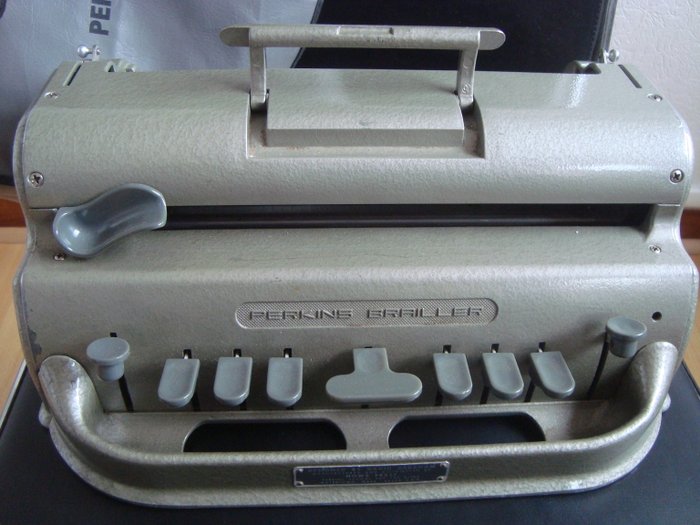
Large Cell Perkins Brailler: Enhanced Accessibility for Easier Braille Reading and Writing
The Large Cell Perkins Brailler is a specially designed version of the Perkins Brailler that features larger Braille cells, making it easier to read and write for individuals who have difficulty with standard-sized Braille.
Features and Benefits of the Large Cell Perkins Brailler:
- Larger Braille Cells: The spacing between dots within each cell is increased, making it easier to distinguish by touch.
- Durable and User-Friendly Design: Built with high-quality materials to withstand heavy use, ensuring longevity and reliability.
- Reduced Key Pressure: Requires less force to press the keys, making it ideal for individuals with limited hand strength or dexterity.
- Paper Compatibility: Supports standard Braille paper sizes as well as custom formats if needed.
- Ideal for Learning and Training: Particularly useful for children, elderly users, or those new to Braille who may struggle with smaller dots.
Would you like technical specifications, user guides, or pricing information? Let me know how I can assist you further! 😊
Unimanual Perkins Brailler
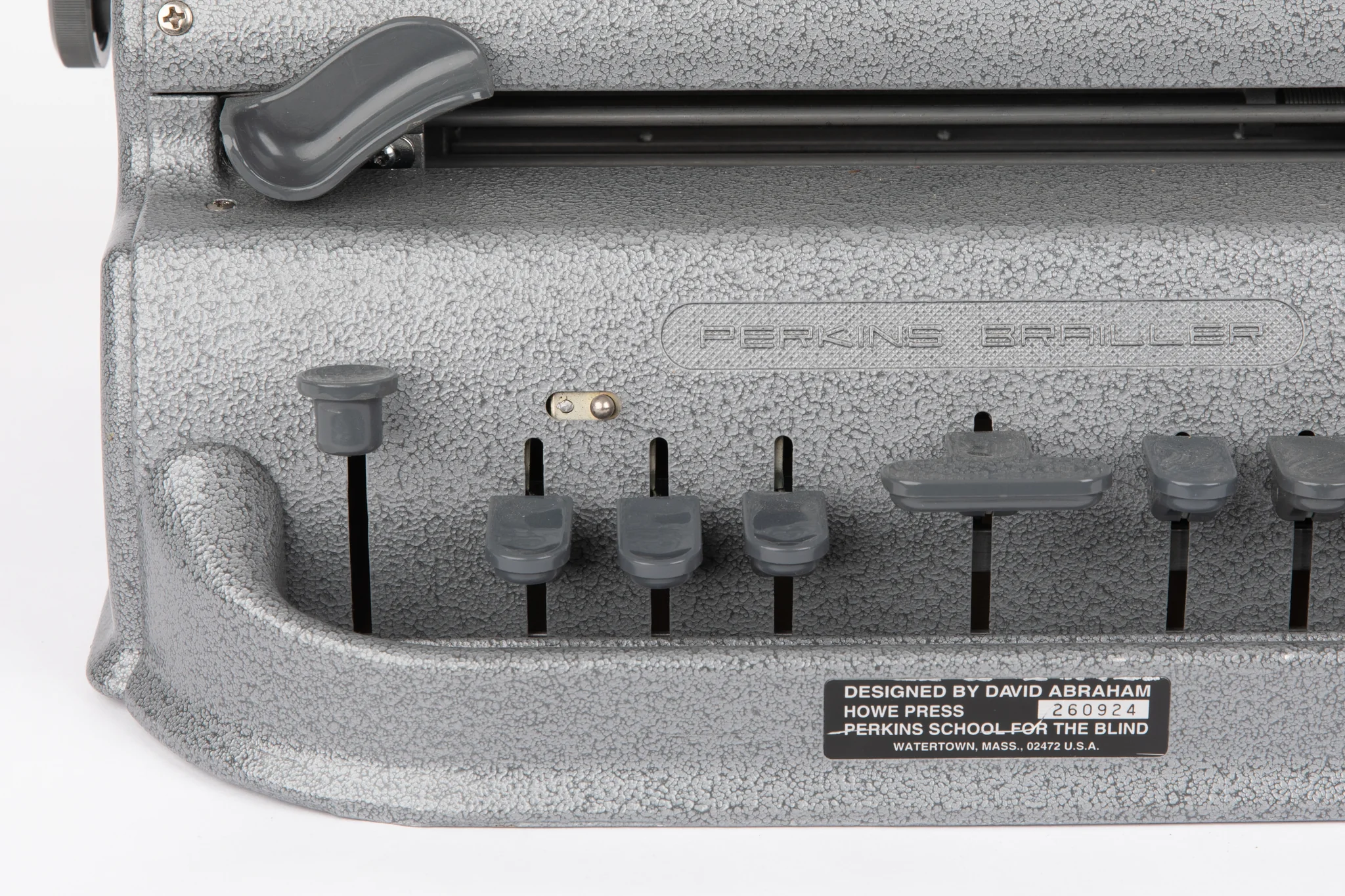
Unimanual Perkins Brailler: One-Handed Braille Typing for Greater Accessibility
The Unimanual Perkins Brailler is a specially designed version of the classic Perkins Brailler, created for individuals who can use only one hand. This adaptation allows users to type Braille efficiently by pressing keys in two separate steps instead of simultaneously.
Features and Benefits of the Unimanual Perkins Brailler:
- Single-Hand Operation: Allows users to enter Braille characters by pressing one side of the keyboard at a time, making it accessible for individuals with limited hand mobility.
- Same Durable Design: Maintains the sturdy and reliable construction of the standard Perkins Brailler, ensuring longevity and consistent performance.
- Reduced Physical Effort: Requires less hand coordination, making it easier for users with disabilities affecting one hand.
- Standard Braille Output: Produces Braille text identical to that created with the traditional Perkins Brailler, ensuring compatibility with standard Braille reading materials.
- Ideal for Rehabilitation and Training: Frequently used in educational and rehabilitation settings to support individuals recovering from injuries or living with conditions affecting hand mobility.
Would you like technical details, user guides, or pricing information? Let me know how I can assist you! 😊
